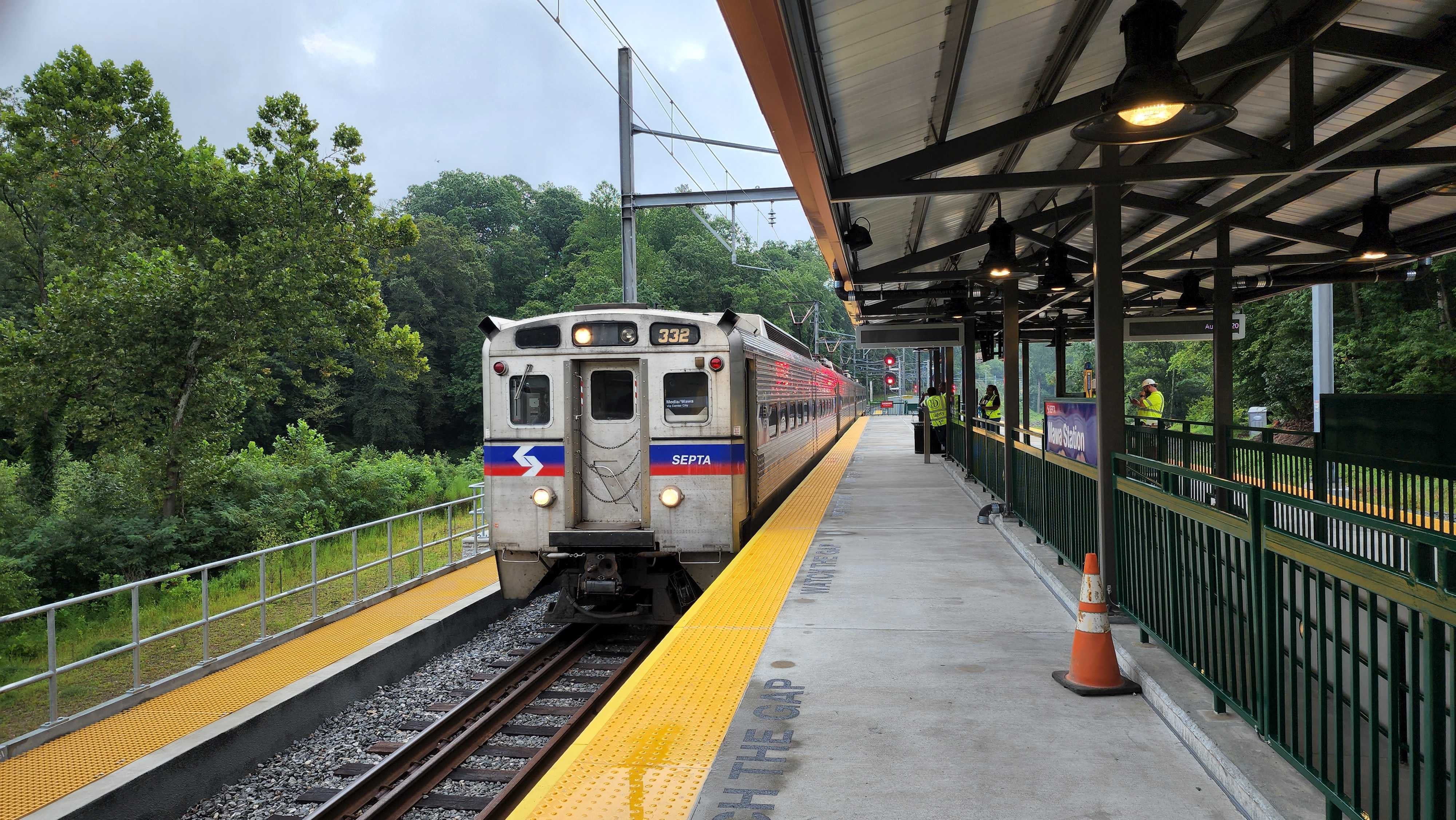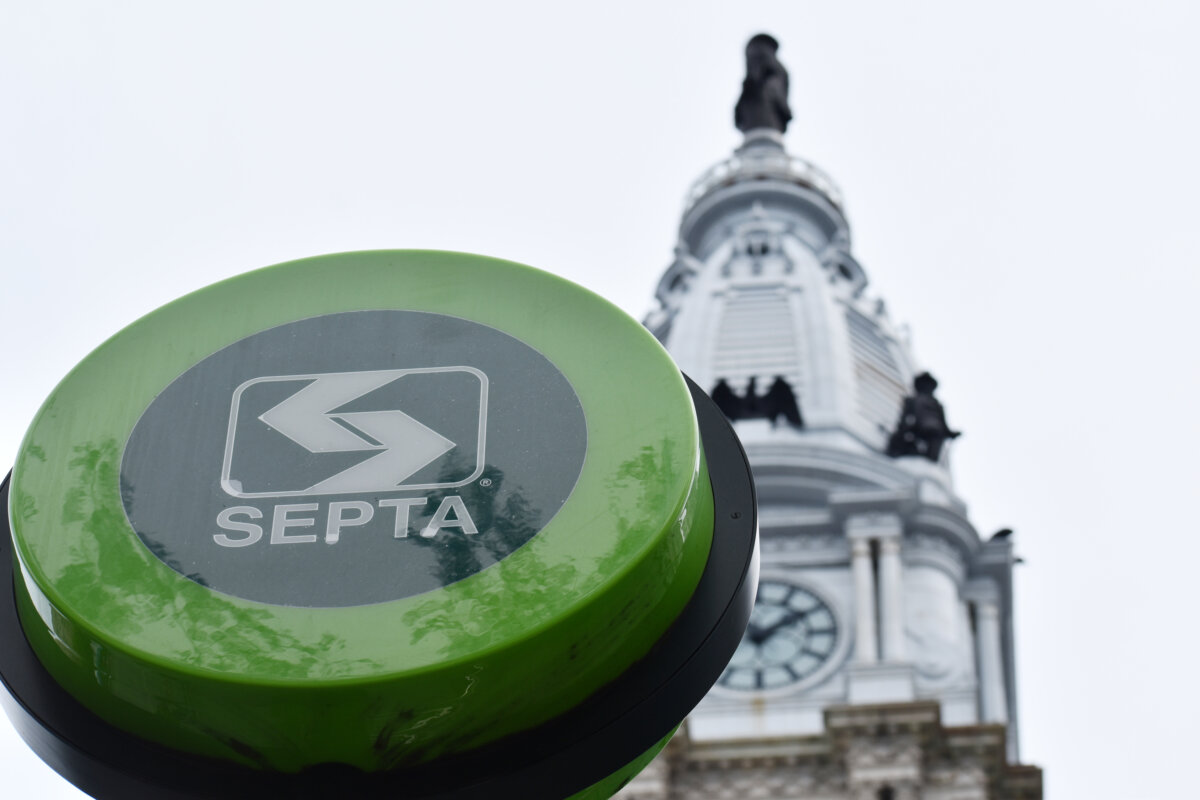Southeastern Pennsylvania Transportation Authority Faces Financial Dilemma: Understanding the Funding Crisis
Table of Contents
- SEPTA, NJ Transit share plans for Friday's Eagles parade
- Man dies after falling onto tracks at SEPTA’s City Hall Station – Metro ...
- SEPTA Regional Rail Line Map Print - 22x28" - SEPTA Online Shop
- SEPTA begins testing open loop contactless fare payments • NFCW
- SEPTA Inks 5M Contract to Upgrade Trolley System – NBC10 Philadelphia
- SEPTA’s Wawa Station now taking passengers into Philly - WHYY
- SEPTA workers reach contract agreement days before deadline | AP News
- SEA Games 2023: Melalui Tito Hendra Septa Kurnia, Pencak Silat Sumbang ...
- SEPTA workers reach contract agreement days before deadline | AP News
- Unclaimed Property & SEPTA Key Card Senior Event In Montco Tuesday ...


The funding crisis facing SEPTA is a complex issue with multiple factors contributing to the problem. One of the primary causes is the lack of a dedicated funding source. Unlike other major transportation systems in the country, SEPTA relies heavily on state and federal funding, which can be unpredictable and subject to fluctuations. The authority also faces increasing costs due to rising fuel prices, maintenance expenses, and pension obligations. Furthermore, the COVID-19 pandemic has resulted in a significant decline in ridership, leading to a substantial loss of revenue.


Consequences of the Funding Crisis


- Reduced services: SEPTA may be forced to reduce the frequency and scope of its services, making it more difficult for commuters to get to work, school, and other essential destinations.
- Increased fares: The authority may need to raise fares to generate additional revenue, which could burden low-income residents and make public transportation less affordable.
- Delayed infrastructure projects: The funding crisis could delay or cancel critical infrastructure projects, such as the upgrade of aging rail lines and the expansion of bus services.
- Economic impact: The funding crisis could have a significant impact on the regional economy, affecting businesses, jobs, and economic growth.


Solutions to the Funding Crisis


A dedicated funding source: Establishing a dedicated funding source, such as a regional transportation tax, could provide a stable and predictable revenue stream for SEPTA.
Increased state and federal funding: Securing additional funding from state and federal governments could help bridge the funding gap and support critical infrastructure projects.
Public-private partnerships: Partnering with private companies and organizations could provide access to additional funding and expertise, helping to advance transportation projects and improve services.
Operational efficiencies: Implementing operational efficiencies, such as streamlining services and reducing costs, could help SEPTA make the most of its existing resources.
The funding crisis facing SEPTA is a pressing issue that requires immediate attention and action. The consequences of inaction could be severe, with far-reaching implications for the region's economy, residents, and businesses. By exploring innovative solutions, including a dedicated funding source, increased state and federal funding, public-private partnerships, and operational efficiencies, SEPTA and regional leaders can work together to address the funding crisis and ensure a sustainable and reliable transportation system for generations to come.As the region's transportation authority, SEPTA plays a vital role in connecting people to jobs, schools, and essential services. It is essential that we prioritize funding for SEPTA to ensure the continued growth and prosperity of Southeastern Pennsylvania.